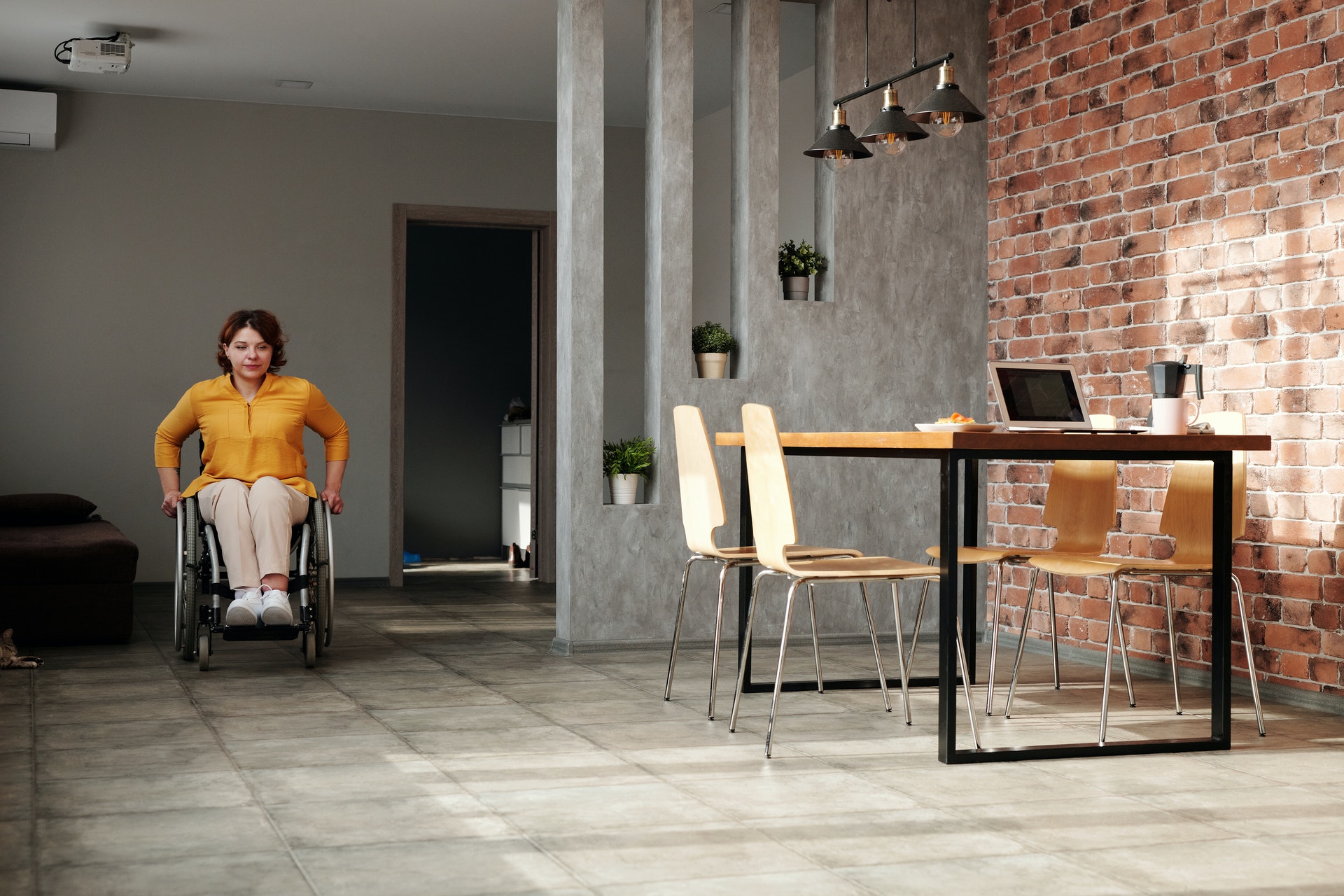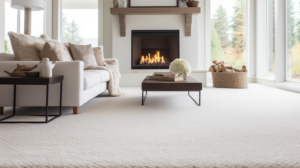There are various ways you can make your house more handicap-friendly, whether you are planning to sell your home or want it to be more accommodating for a disabled person. Some of the most important considerations involve doorways and stairs. Let’s look at eight key strategies that will enable your house to serve people with disabilities better.
1- Install of Ramps
The Americans with Disabilities Act (ADA) states that all homes built after 1993 have to be handicap accessible, which means they need ramps or elevators for wheelchairs and scooters. You’re the one to decide whether to incorporate these features into your home In case your house was built before then.
2- Make the Staircase ADA Compliant
This compliance goal is achievable by ensuring that there are handrails on both sides and installing non-slip treads for safety purposes. Widening the stairs might also be an option if the space permits. However, keep in mind that this usually also requires raising floor levels, so check with professionals first. A 12-inch rise is a common ADA requirement for stairs, but the specifics can vary from state to state, and some counties may not require such specific details.
3- Upgrade the Lighting Fixtures
This is necessary on those fixtures that could cause problems for people with vision disabilities. Such fixtures include bright lights shining directly into their eyes when using stairs, switches installed flush against walls rather than protruding at least three inches outwards from the surface, and low-hanging chandeliers or ceiling fans within easy reach.
4- Add Grab Bars
The installation of these bars is common in bathrooms and other rooms that people visit regularly. These are necessary as they help provide a helping hand when getting out of a seat or leaning over for something. As a result, they prevent dangerous slips that could result in serious injury. You also want to ensure that all faucets, showerheads, and soap dishes are within reach from sitting on low toilets.
5- Install Stair Lifts
This option is great for those who can’t use stairs and want to keep their independence. It is a motorized chair that travels on tracks installed alongside the staircase, making it easier and safer when going up or down steps. Stairlifts are common in homes with no handrails in place.
6- Use Automated Doors
Initially, this option might seem like a big investment depending on the type of door and the number needed throughout the home. However, automatic doors provide easier access for everyone because they open automatically when sensors pick up motion in front of them. There’s no requirement for buttons or levers. This option is more suitable for the elderly without enough strength to push the doorknob or those with arthritis-related issues.
7- Get New Flooring
This is a necessary requirement in all rooms, including the kitchen and bathrooms. Changing the flooring makes life easier when trying to avoid falls on any slick surfaces—including faucets and drain outlets. Consider installing non-slip floor tiles made of rubber rather than smooth ceramic tile, which can lead to serious falls leading to serious problems.
8- Install an Intercom System
This system can be connected directly into each room or placed in a central location. It is a helpful feature as someone with physical disabilities can easily ask for help without much struggle. There are different types of such systems, and it’s up to you to analyze the one that suits your situation.



